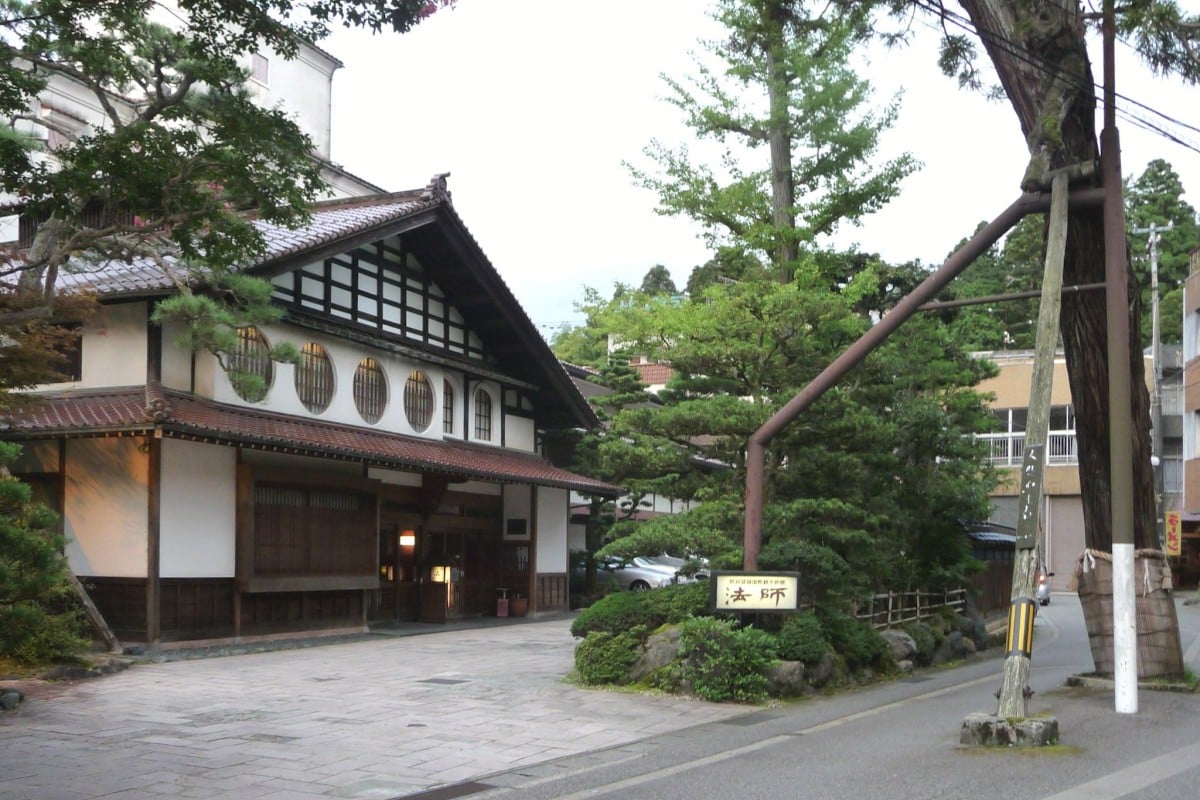
Strategy-makers in long-lived Japanese firms face a challenge to match generations of history and guidance with modern-day corporate challenges and change.
A study by researchers from Lancaster University, Politecnico di Milano, UCL and Aaalto University, published in the Strategic Management Journal, reveals that in many Japanese firms, foundational ka-kun – loosely translated as family mottos – remain relevant for decades, or even centuries.
Revered founders and leaders laid out the statements, such as family lessons, testaments and open letters, for their successors, articulating values for personal and business conduct and expressing principles that ensured past prosperity.
The researchers found strategy-makers grapple with this history to turn them from a potential source of inertia into a resource for change. Some ka-kun – in amended form – are still formally adhered to, despite changes within companies and their environments, while others are radically altered or no longer mentioned, reflecting the challenge of keeping them relevant many years after they were set down. Only one company – which had preserved the same core business, ownership within the family and scale – honoured the ancient motto in its original form.
“The ka-kun tend to become emotionally-laded symbols of historical commitments for these firms. When they are used effectively, they can create a shared sense of purpose, mobilise collective action and responsiveness to changing competitive conditions, and lay the groundwork for sustainable competitive advantages,” said co-author Dr. Innan Sasaki, of Lancaster University Management School.
“When they were first forged, these statements were future-oriented – looking at where the firms wanted to be, and channeling energy, effort and resource in that direction. However, the passage of time means many are no longer relevant, even though they have acquired symbolic status, charged with emotion and inextricably tied to the firms’ collective sense of self and legacy.
“This creates a tension between looking to the future and recognising the past of the statements, a struggle which is likely to become more pronounced over time, presenting the challenge if what to do regarding the ka-kun.”
Professor Davide Ravasi, of the UCL Management School, added: “Corporate leaders are using a variety of strategies to deal with the revered past when going through strategic change, which both address the need to maintain continuity with the past and strategic relevance now.”
The researchers found three differing strategies in the usage of the ka-kun in the face of strategic change in modern Japan to establish a sense of continuity: elaborating, recovering and decoupling.
Elaborating sees the transfer of part of the content of the historical statement into a new one. This was seen with sake manufacturer Gekkeikan, who adapted ka-kun set out in 1933 both in 1955 and 1997.
Recovering forges a new statement based on the retrieval and re-use of historical references, such as with Tokyo Keizai University, who looked back to their 1902 foundation in new mottos in 1992 and 2006.
Decoupling allows the co-existence of the historical statement and a contemporary one with different values, as seen with Yamanaka Hyoemon Shouten, founded in 1718 to commercialize food and sake, and adapting a new motto with a newly-appointed CEO in 2016.
Firms in Japan use all three methods to recognise their past while looking to the future, with recovering and decoupling often triggered by significant changes to the organization and/or its strategy.
“Elaborating helps maintain a sense of continuity by explicitly linking part of the revised statement with the original,” said Dr. Sasaki. “Revised statements are often presented as a development or an update of previous iterations, highlighting continuity while also refocusing attention on values managers view as important to keep the organisation viable in the present.
“The recovering strategy rests on the search of written, oral or even material memory. References to legendary leaders or a glorious past are used to emotionally energise and rally the organisation around a new strategy.
“Managers redirect attention to values they consider relevant to inspire and legitimise strategic change. At the same time, they claim continuity by reusing texts produced in the distant past. The new statement focuses on emerging issues and justifies changes, while the historical statement maintains a reassuring anchor in the past.
“Decoupling allows the maintenance of historical statements as a reassuring anchor with the past, maintaining a sense of stability and continuity in times of change. Like in the case of recovering, the new statement is associated with organisational or strategic, however, decoupling is more frequently associated with emerging issues not addressed by historical statements.”
Professor Eero Varra, of Aalto University Business School and Lancaster University Management School added: “All three strategies involve selective remembering and forgetting to varying degrees to bring the mottos into the modern business world. Change needs to be accommodated, but without threatening the integrity of the historical identity of companies, with values passed on from generation to generation through the ka-kun.”


Leave a Reply